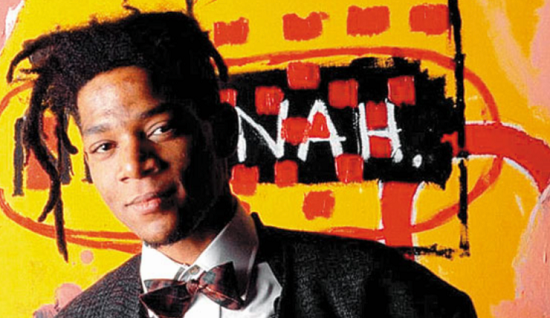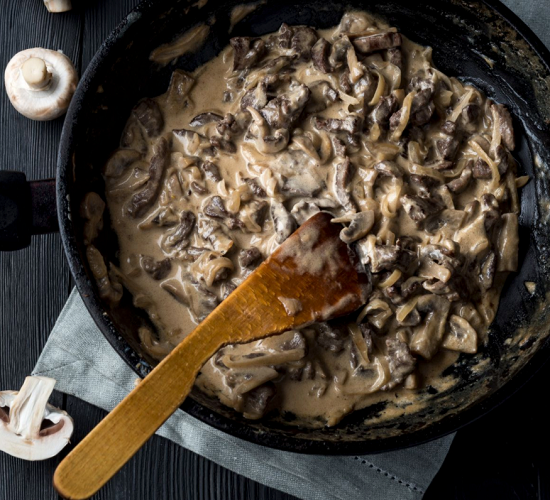JEAN-MICHEL BASQUIAT

I don’t listen to what art critics say. I don’t know anybody who needs a critic to find out what art is.”
Jean-Michel Basquiat 1988 ( Image by Julio Donoso)
Jean-Michel Basquiat was an American artist whose flame burned bright and fast during the late 1970s and 1980s. In just over a decade, he went from a largely homeless graffiti artist to a star of the rising New York art scene, brought to international attention by his exciting, genre-defying style until his untimely death in 1988.
Basquiat was born in 1960 in New York City and grew up enjoying a love of art, instilled in him by his mother who regularly took her son to local art museums and enrolled him as a junior member of the Brooklyn Museum of Art. At 11 years old he was fluent in three languages and was becoming a talented artist while attending the arts-oriented Saint Ann’s School. He was growing up as a bright student, both academically and artistically.
But perhaps due to the separation of his parents, perhaps exasperated by his mother’s ongoing mental health problems, Basquiat also grew up restless, rebellious, and angry. He was moved from school to school and, by 15 years old, rarely went home, preferring to sleep rough or stay with friends in cheap apartments and squats.
New York City in the mid 1970s was dirty, unglamorous, and “Crumbling,” said Alexis Adler, Basquiat’s one-time girlfriend. “But it was a very free time. We were able to do whatever we wanted because nobody cared.” Rents were cheap and downtown New York had become a strange, exhilarating mecca for the dispossessed. But, this depressed, decaying city was provoking a new passion and energy within its streets, and a burgeoning experimental arts scene was taking shape.
Basquiat was one of those dispossessed and was about to be a part of the new energy. He began graffitiing images and satirical slogans around the city, using the tag “SAMO©,” and by the end of the year he was the subject of an article in The Village Voice . Over the next year, Basquiat’s reputation quickly grew. He was on tv, playing in bands, and, by the turn of the decade, showing in exhibitions – enjoying positive reviews from critics and curators alike.
He sold his first painting to singer Debbie Harry for $200 in 1981. Madonna also bought his work, as did Andy Warhol. Suddenly, he was selling his work almost as fast than he could paint it, and in 1982 he had his first solo exhibition at the Annina Nosei Gallery , New York City. His rapid rise to fame placed him on the cover of The New York Times Magazine in 1985, unprecedented for an African-American artist at that time.
Basquiat’s art centered around dichotomies and opposites; wealth versus poverty, or integration versus segregation. His style appropriated words and slogans mixed with drawing and painting, marrying text with images and historical comment with contemporary critique.
“I cross out words so you will see them more; the fact that they are obscured makes you want to read them.”
Basquiat used social commentary as a tool for introspection and for identifying his experiences in the Black community of the day. His work was aggressive and unapologetically subjective, often acutely political, and direct in its criticism of colonialism, racism, and social oppression.
“The black person is the protagonist in most of my paintings. I realized that I didn’t see many paintings with black people in them.”
His work is seen as part of the Neo-Expressionist Movement – a movement defined by an intense and overt subject matter, a rough and fast approach to the practical process, and work created with expressive brushwork and intense color.
Basquiat died at 27 years old of a heroin overdose at his home in Manhattan in 1988. In the decades since his death, his work remains a permanent fixture in the collective art consciousness, is increasingly loaned for exhibition, and commands ever increasing prices.
“I am not a black artist, I am an artist.”
HAPPENING
Wednesday, November 3, from 6-8pm
Learn, Sip, and Savor! A Tuscan Cooking Class
With Chef Joe Cizynski

Join Chef Joe as he demonstrates (while you enjoy!) a return to the Simoneau Culinary Arts Center and a gustatory visit to Tuscany. The chef will prepare a chestnut pasta with rabbit and wild mushroom ragout, roast rack of wild boar with grapes and grilled bitters, and finish with Italian cheeses. Complimentary Tuscan whites and reds will be poured.
$75 – Member, $85 – Non-Member
